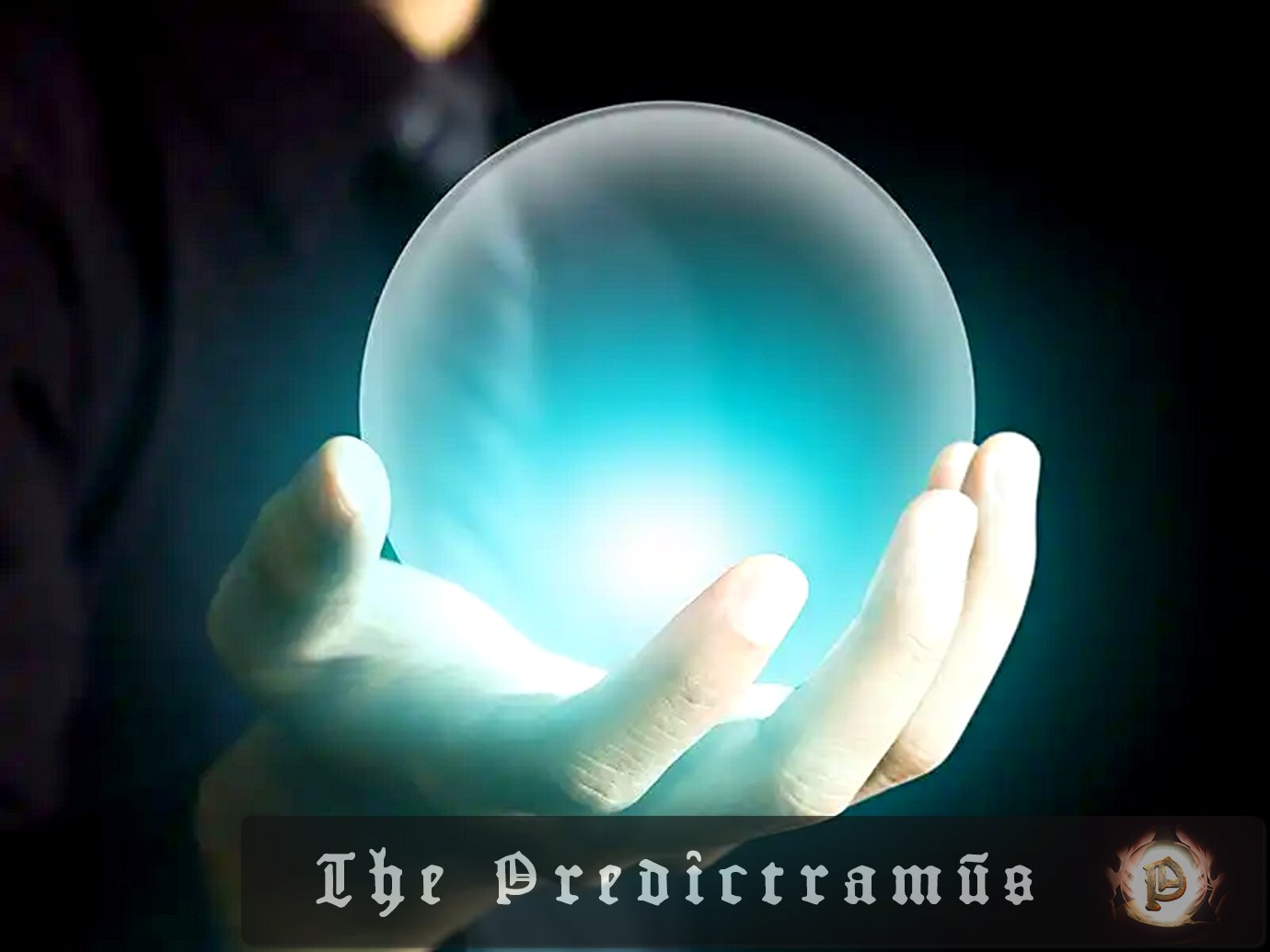Two tech companies, Lightelligence and Lightmatter, have unveiled computer components that use laser light to process information, marking a major leap forward for photonic computing. These futuristic processors could solve specific real-world problems faster and with lower energy requirements than conventional computers, potentially solving the limitations of traditional chips and enabling faster and more efficient…
Science on The Soothsayer / page 24
The Mars rover Perseverance has made a groundbreaking discovery on the Martian surface, uncovering a series of mysterious rocks that have left scientists stunned. The rocks, which include a dark rock resembling a clutch of frog’s eggs and a sulfur-rich stone, have sparked excitement about the possibility of life on Mars. As NASA continues to…
The impending loss of NASA’s Aura and the Canadian Space Agency’s SCISAT satellites threatens scientists’ ability to closely monitor compounds that destroy ozone and alter stratospheric circulation. This loss of vigilance will hinder researchers’ understanding of the ozone layer’s recovery and potential impacts from wildfires and stratospheric aerosol injections. Forecast for 6 months: Within the…
A devastating magnitude 7.7 earthquake struck Myanmar on March 28, killing at least 2,700 people and causing widespread destruction. The earthquake’s impact was amplified by the geologic setting, particularly the shallow rupture and the presence of thick, wet sediments that led to liquefaction. Experts warn that similar disasters could occur in other regions with similar…
Researchers at the University of Sydney have developed a new technique to reduce the risk of blood clots associated with medical implants. The technique involves coating the implants with highly hydrophilic molecules called zwitterions, which inhibit the build-up of clot-triggering proteins. This breakthrough has the potential to make medical implants safer for patients and reduce…
Researchers at Northwestern University have developed a new cement-making process that uses seawater electrolysis to produce a carbon-negative version of the building material. This process could shift cement production from being a carbon source to a carbon sink, creating a more sustainable alternative to traditional cement. The team’s experiments suggest it’s possible to tailor seawater…
Researchers at the Institute for Microelectronics and Microsystems in Italy have made a breakthrough in the field of agrivoltaics by developing semi-transparent perovskite solar cells that can provide sufficient power while allowing plants to grow. The study found that radicchio seedlings grown under these conditions grew more quickly and with bigger leaves than those under…
Researchers at the Large Hadron Collider have made a groundbreaking discovery, spotting a mismatch between matter and antimatter in a class of particles called baryons. This phenomenon, known as CP violation, could hold the key to understanding how matter came to dominate over antimatter in the universe. The study, which involved the decay of lambda-b…
Physicists have developed a machine learning framework that rapidly and accurately characterizes binary neutron star mergers based on gravitational wave signatures. This breakthrough could enable astronomers to make quicker estimates of properties such as the location of mergers and the masses of the neutron stars, allowing for earlier detection of electromagnetic signals. The new method…
Scientists have developed two new AI tools, InstaNovo and InstaNovo+, to decipher proteins often missed by existing detection methods. These tools have the potential to unlock the genetic identity of previously unstudied proteins, enabling better cancer treatments, improved disease understanding, and discovery of unexplained animal abilities. The AI models have shown promise in sequencing human…










